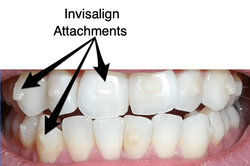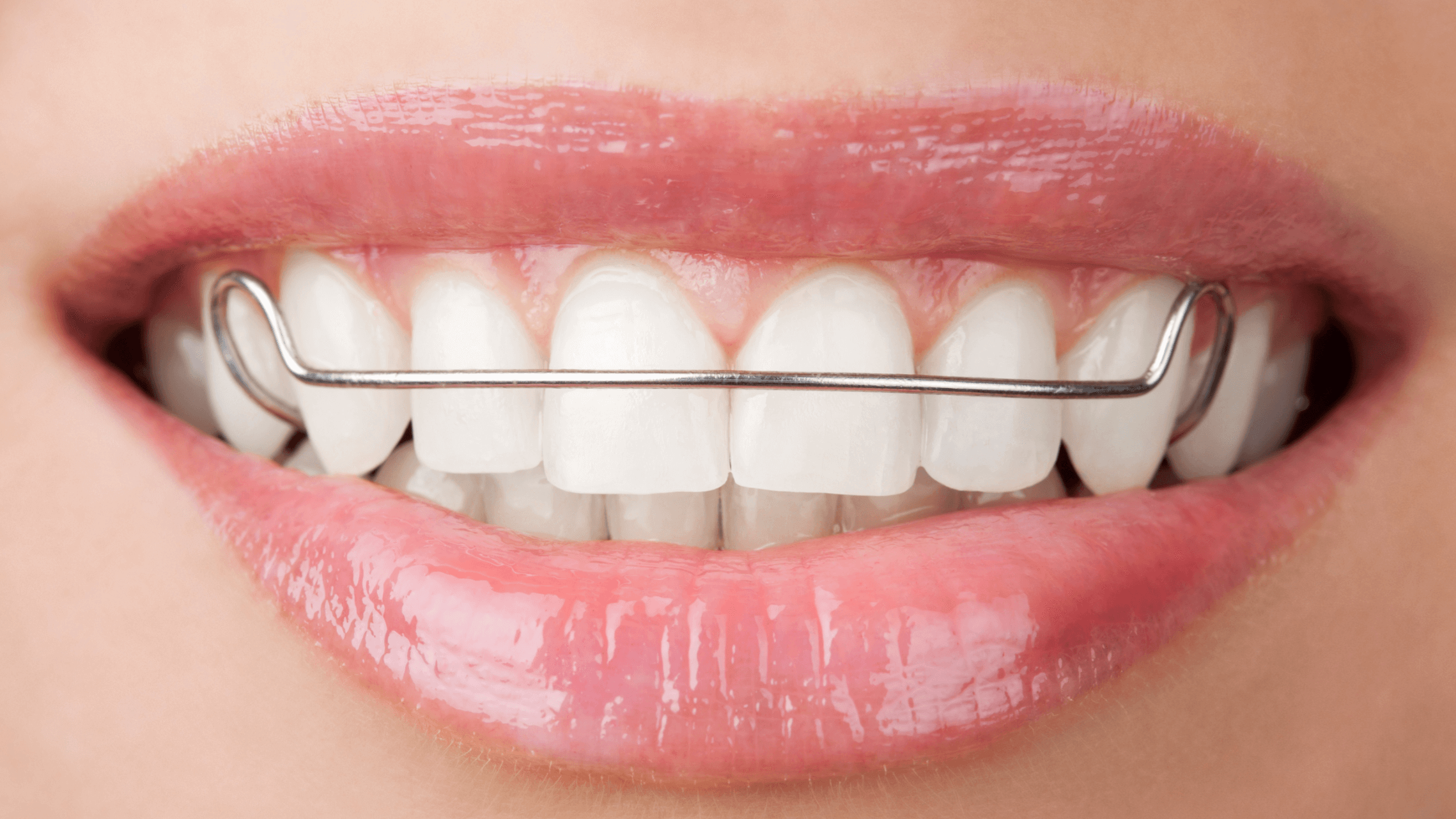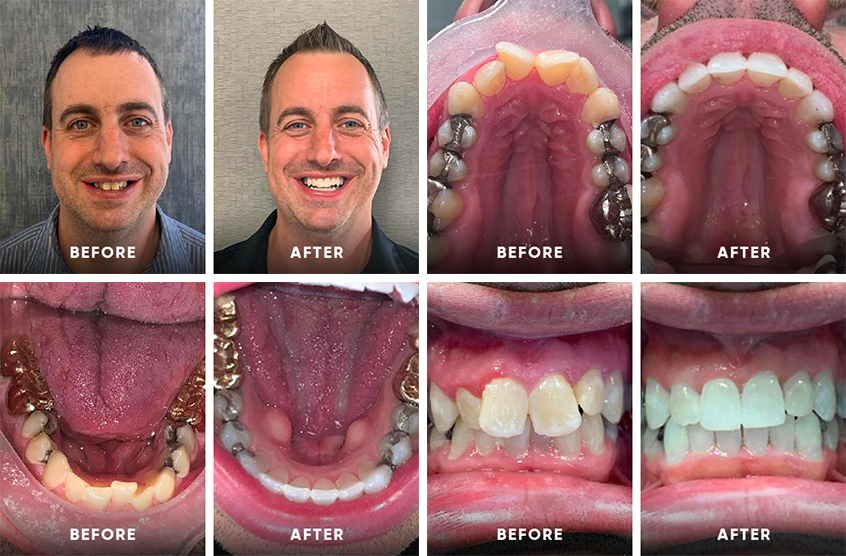What to Anticipate Throughout Your Invisalign Journey: A Comprehensive Review
What to Anticipate Throughout Your Invisalign Journey: A Comprehensive Review
Blog Article
Invisalign vs. Typical Braces: Which Option Is Right for You?
When taking into consideration orthodontic therapy, the option between Invisalign and standard braces offers a number of crucial factors that merit cautious evaluation. Invisalign provides a very discreet option with detachable aligners, while traditional dental braces give a more visible yet effective service for serious imbalance. Each alternative incorporates distinctive advantages and downsides connected to looks, convenience, therapy period, and expense. Comprehending these nuances is vital for making an educated choice that straightens with your individual preferences and way of life. The question remains: which option will best fulfill your orthodontic demands and assumptions?
Summary of Treatment Alternatives

On the other hand, standard dental braces are composed of steel braces and cables that are bound to the teeth. This technique uses continuous stress gradually to accomplish alignment. While efficient for complicated orthodontic concerns, conventional dental braces call for regular gos to for changes and can pose difficulties in keeping dental health due to the problem of cleansing around cords and braces.
Both choices have their qualities, and the option often pivots on specific dental problems, way of life preferences, and person conformity. Eventually, speaking with an orthodontic specialist is essential for determining one of the most suitable treatment strategy customized to individual needs. Recognizing the nuances of each alternative can dramatically influence the overall success of orthodontic treatment.
Visual Factors To Consider
A significant element affecting the selection in between Invisalign and traditional braces is the aesthetic charm each treatment supplies. Invisalign aligners are crafted from clear plastic, making them basically invisible when used. This discreet appearance is especially interesting young adults and grownups that might really feel uneasy concerning their orthodontic treatment. The capacity to keep an all-natural smile throughout the placement process can substantially improve the client's confidence in social and expert settings.
On the other hand, conventional braces consist of steel brackets and cables, which can be more obvious. While innovations in orthodontic modern technology have actually resulted in the growth of smaller braces and colored elastics, typical braces still keep a more obvious profile. For some people, the visibility of dental braces may prevent them from seeking needed treatment.
Eventually, the selection between Invisalign and typical braces might depend upon individual preferences pertaining to visual appeals. People who focus on discernment usually favor Invisalign, while those that are much less concerned regarding presence may go with conventional braces. Comprehending the visual effects of each alternative is crucial for making an educated decision that lines up with one's way of living and preferences.
Comfort and Convenience
&srotate=0)
In regards to comfort, Invisalign aligners are detachable, enabling patients to enjoy their favorite foods without constraint and preserve optimal oral health. Cleaning and flossing are simplified, as the aligners can be gotten during these best site regimens, whereas conventional braces call for cautious maneuvering around braces and cords.
In addition, Invisalign's modern system permits less orthodontic sees. Clients generally obtain several sets of aligners at as soon as, which can improve the treatment procedure and decrease time invested in the orthodontist's chair. On the other hand, traditional dental braces necessitate normal changes, making them less convenient for those with active routines. Invisalign. In general, the comfort and ease of Invisalign make it an attractive choice for several individuals looking for orthodontic treatment.
Therapy Duration and Performance
While both Invisalign and conventional dental braces work in dealing with dental misalignments, the period of treatment can differ considerably in between both choices. Typically, Invisalign treatment can take anywhere from 12 to 18 months, depending upon the intricacy of the instance. The clear aligners work by slowly changing teeth right into their desired positions, and routine follow-ups with an orthodontist assistance ensure development stays on track.
On the other hand, typical dental braces frequently need a longer dedication, normally varying from 18 months to 3 years. This is due to their fixed nature and using brackets and cables, which can be much more efficient for complex situations and serious imbalances (Invisalign). The therapy effectiveness of traditional braces is well-documented, as they enable specific modifications and better control over tooth motion
Eventually, the selection in between Invisalign and standard dental braces might depend upon both the anticipated treatment period and the details dental concerns available. Consulting with an investigate this site orthodontist is critical, as they can give customized referrals based on individual needs, ensuring the picked method lines up with desired outcomes and durations.
Price Contrast and Insurance Coverage Options
Cost plays a substantial function in the decision-making process for people considering orthodontic therapy, whether selecting Invisalign or traditional dental braces. Typically, the cost of Invisalign arrays from $3,000 to $8,000, while conventional dental braces normally cost in between $2,000 and $6,000. Aspects influencing these prices consist of the complexity of the instance, the period of treatment, and geographical area.
Insurance insurance coverage can dramatically affect out-of-pocket expenses. Several dental insurance strategies offer partial coverage for orthodontic treatments, but the specifics can differ widely. It is vital for clients to review their insurance coverage to establish the degree of insurance coverage for either option. Usually, conventional braces might be much more regularly covered by insurance strategies compared to Invisalign, which some insurance providers classify as a cosmetic procedure.
Furthermore, numerous orthodontic practices offer versatile payment plans, making both therapy alternatives more available. Individuals should ask about possible funding options and discount rates for in advance settlements. Evaluating the total expense, consisting of insurance advantages and layaway plan, is important for making a notified choice that straightens with both aesthetic preferences and spending plan considerations.

Conclusion
In summary, the choice between Invisalign and typical dental braces depends upon numerous aspects, consisting of aesthetic preferences, convenience, therapy period, and expense. Invisalign provides a very discreet, detachable choice that promotes oral hygiene and nutritional versatility, while standard braces might be more ideal for complex oral problems and often come at a reduced rate point. Ultimately, consultation with an orthodontist is vital to assess specific circumstances and identify one of the most ideal treatment option for attaining ideal dental positioning.
When thinking about orthodontic therapy, the option between Invisalign and typical braces offers a number of essential factors that merit mindful examination.Comparing Invisalign and typical braces discloses unique therapy choices for orthodontic modification.While both Invisalign and standard braces are reliable in fixing oral misalignments, the period of treatment can differ dramatically in between the 2 options.Expense plays a significant duty in the decision-making process for people considering orthodontic therapy, whether choosing for Invisalign or standard braces.In recap, the choice in use this link between Invisalign and conventional dental braces hinges on multiple variables, consisting of visual preferences, convenience, treatment period, and cost.
Report this page